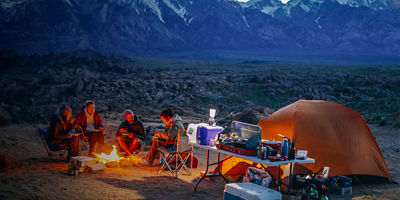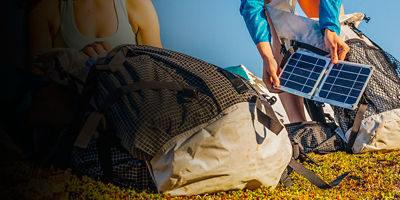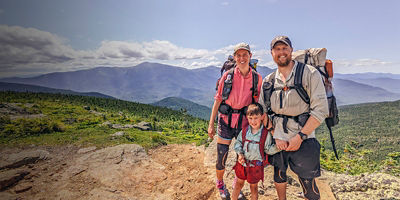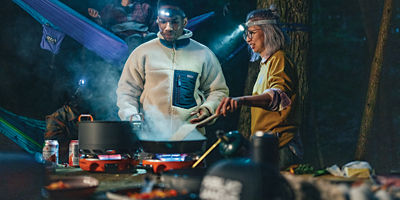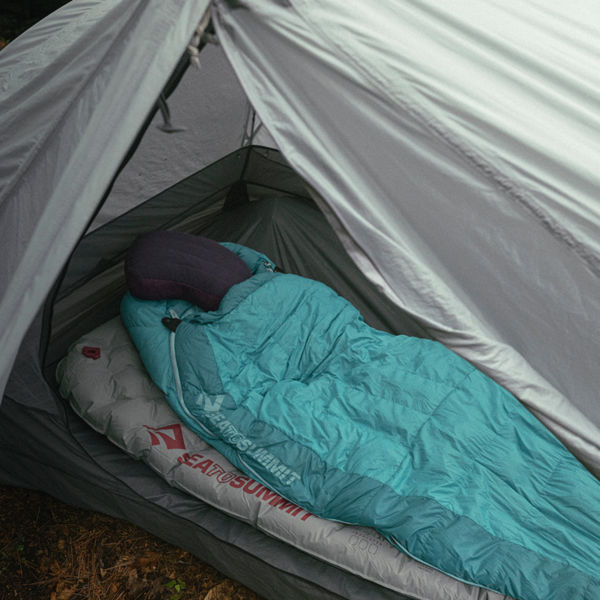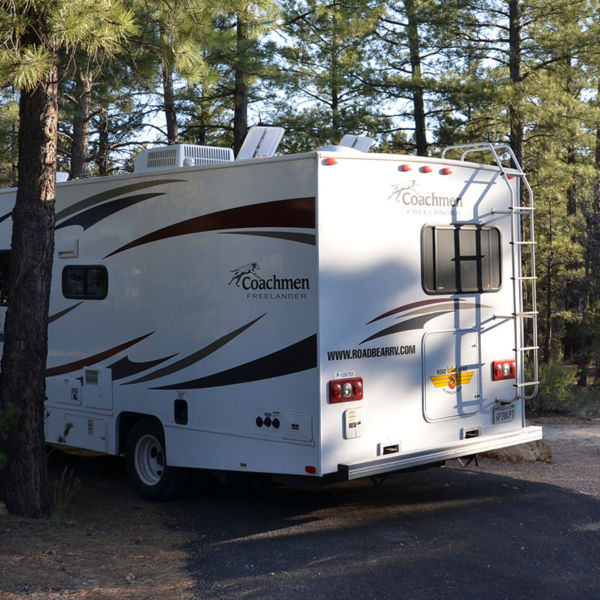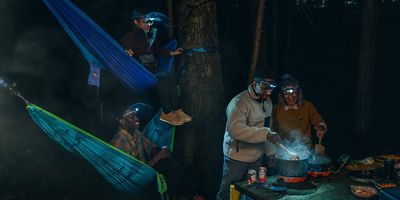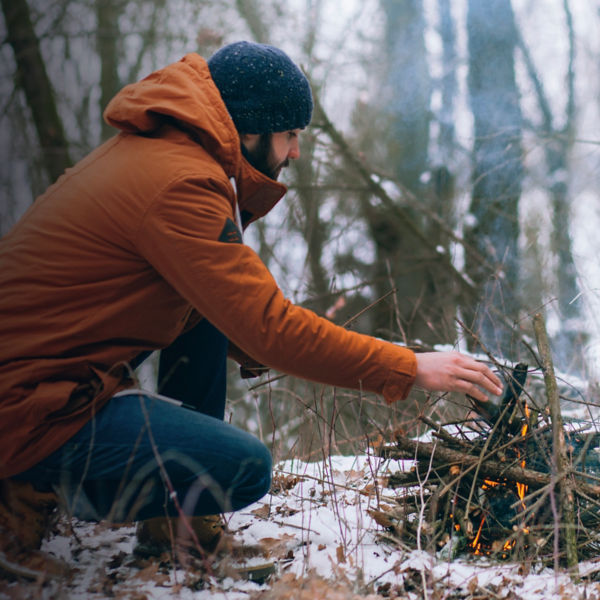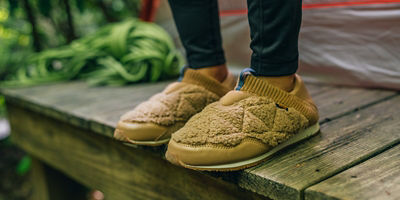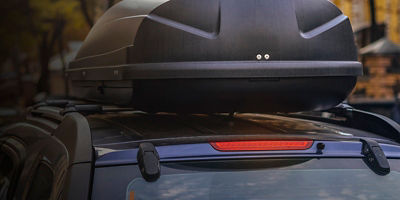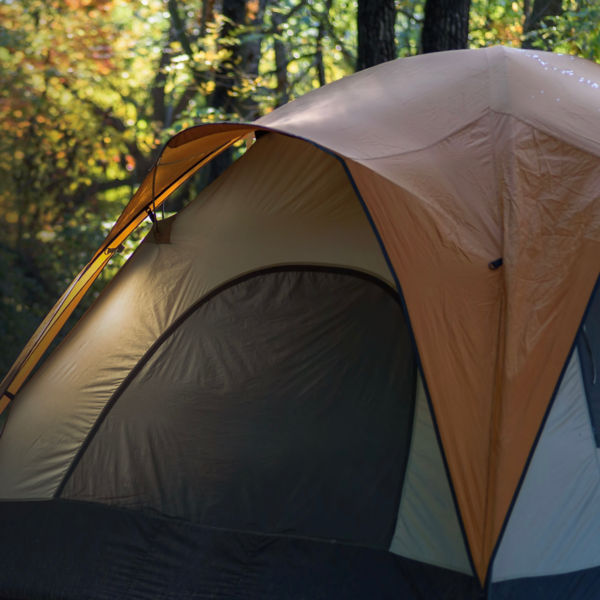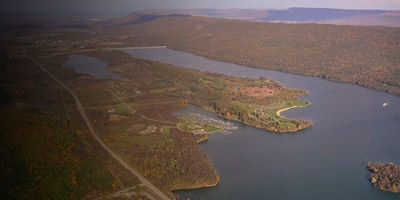
Most people don’t start backpacking because of the food, but they soon learn that camp meals are one of the great pleasures of life outdoors. Nothing seasons a meal like hunger and a good view. Still, you’ll want to make sure your camp cooking is easy and nutritious. Here’s how.
What you’ll learn in this article:
- Pre-trip prep
- Menu planning
- Camp kitchen setup
- Cleanup
Pre-trip: Menu planning & preparation
Do as much prep work as you can before you hit the trail.
Dehydrated Meals
If you want the easiest and lightest camp food, you want dehydrated meals. Just add hot water, wait a few minutes, and dig in.
The simplest option: Buy dehydrated meals. The best ones are truly delicious, but they’re also expensive, and tend to be heavy on the sodium. With prepackaged meals, check the calories and account for bigger appetites after a long day on the trail. Some two-person meals will be more suitable for one, depending on the trip and who’s eating.
DIY option: You can also dry your own homecooked meals with a small dehydrator or oven; this takes more prep time, but you’ll save money and can customize taste and nutrition. This is a great option for foodies who want to take their favorite recipes on the trail.
Cook in Camp
With good preparation, camp cooking can be (relatively) easy and fun. Start with a carbohydrate base, then add protein, veggies, and flavorful extras. Fresh ingredients taste good, but they’re also heavy and have a short lifespan in the field.
Base: pasta/ramen, quinoa, couscous, instant mashed potatoes, polenta, instant rice
Protein : tuna or chicken packets, shelf-stable sausage, dehydrated beans, pepperoni
Veggies: Sun-dried tomatoes; dried (or fresh) mushrooms, peas, broccoli, carrots
Extras: Spices, hot sauce, powdered or regular cheese, powdered milk, bacon bits, nuts
Prep
Start “cooking” at home: You’ll save weight and time in camp.
- Measure portions of the ingredients you need (such as quinoa and spices) and repack them in a zip-top bag or lightweight plastic food container.
- Do prep work like grating cheese, but don’t slice fresh fruits or veggies if you’re not intending to eat them within a few hours—they’ll start to spoil.
- Get rid of unnecessary packaging and consolidate as many items as you can into one bag. Pack all ingredients for each meal in one gallon-size bag.
- Pack crushable ingredients—delicate herbs, bread—in a lightweight plastic container or your cookpot. Planning an egg breakfast? Crack them into a plastic bottle with a tight seal (freeze them for a longer life), or pack them intact in a plastic container with crumpled paper towels for cushioning.










































